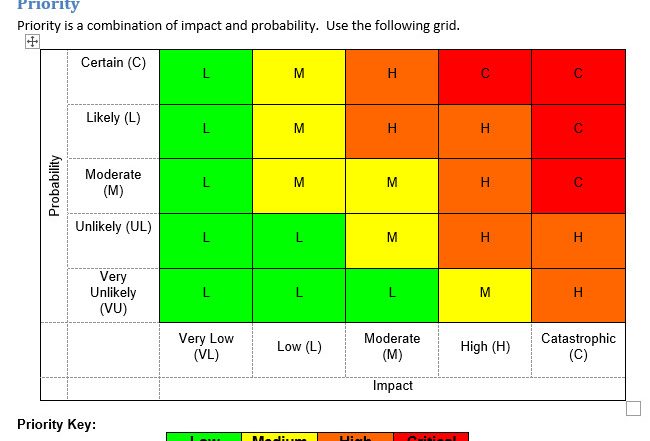Public Private Partnerships
There is one area in political discussion that excels in bovine excreta. That is PPP or Public Private Investment. Things like toll roads and airports. Just to be different, let’s look at some of the facts.
Governments should provide infrastructure, but what infrastructure? In Australia, most rail is government owned. In America is is privately owned. How do you decide what should be built and owned by the government or built and owned by private enterprise?
If we take a step back, some infrastructure is too important to outsource. Water is a good example. Would you like to entrust the supply of water to a private firm? It is a monopoly and requires vast areas of land to build dams and pipes. Can you imagine a private firm buying up thousands of acres for a water catchment then building a dam? Would you trust them to not put up a few commercial premises on the land – which they would tell us have no impact on the quality of water of course – to make a profit? Can you imagine a couple of companies putting in pipes down the street, and then competing for you to connect to their source? So we do need some infrastructure to be a government monopoly.
To look first at the financing and building of infrastructure, the bottom line is it will need a large sum of money. The private sector will always tell you they can do it more cheaply. Is this true? A recent report on infrastructure says, not always. Some toll roads have gone very wrong during private construction. It is obviously in the interest of the private sector to say they can do it more cheaply even if they later find out they cannot do it more cheaply. By that stage, everyone is committed and the government is always there to bail them out.
A private company building infrastructure has two cost components that government does not. Firstly they have to deliver a profit to shareholders. A government enterprise may provide a dividend to government consolidated revenue, but in effect it is going back to the taxpayers. Secondly, both parties have to borrow money for building. The cost of borrowing is almost always cheaper to government than it is to private industry. In other words, a private development has to build in a profit margin and higher interest payments on borrowings to their estimate of costs.
Another key factor is timeframe. Governments have a focus of the next election – at best three to four years. Infrastructure has a focus of decades. There is little incentive to make an infrastructure decision that will only generate noise from those opposed to it in the current electoral cycle. The benefits will not be evident for many years, probably in another electoral cycle, and possibly enjoyed by the opposition if they are in power.
How often do those supporting an infrastructure announcement create more noise than those opposing it? Very rarely. Better to spend the money on something that will bring a quick political bonus. Spend x billion on a new rail line which will take 10 years to build, or give a tax reduction to workers just before the next election? It is a no-brainer.
So given the lack of political capital for an investment in infrastructure, it is much easier for a government to move the benefits around. Get the credit for announcing an infrastructure project, but get private enterprise to build it. Ignore any discussion of the efficiency of it being built by public or private organisations. Give the public company the right to collect money to use the infrastructure directly from the users for decades to come. The money collected does not have to be in any way related to the cost to build. In fact you can provide guarantees that if the money collected does not reach a certain level, the government will subsidise the amount.
In addition, the private company can be blamed for excessive charges. If the toll on a road is criticised as being too high, it is the fault of the private company, not the government. If parking at Sydney Airport is ridiculously excessive, it is all due to that greedy Macquarie Bank, not the government.
So what is the answer? I believe we need to further develop the concept of the infrastructure fund. We do have funds now, but we need to go a lot further. Here are a couple of things we can do.
- Make a percentage of all tax collection an automatic contribution to an infrastructure fund. My guess is the amount would be more than 10% and possibly as high as 25%
- Have the fund run as an autonomous body with powers that isolate it from government interference
- Create a charter for the infrastructure fund’s operation
- Infrastructure projects are selected on their social benefit rather than political benefit
- The fund develops long term – e.g. 5 to 20 year – infrastructure plans which are open to public comment
- Short term plans – up to 5 years – are locked unless there are unusual circumstances
- The government is allowed to set broad guidelines on infrastructure. These are only guidelines for the infrastructure fund board and do not determine where investment should take place.
- Infrastructure funding can be supplemented by general government tax collections. For example if the fund wants to build an airport, they might contribute 80% and the Federal Government contribute 20%.
Infrastructure development by government is not working. The focus of government is too short, and the temptation to spend today and forget tomorrow, too strong. We need to separate infrastructure development from the electoral cycle. We need to remove the fog around Public Private Partnerships. As a starting point, we must remove the misconception that a private company can do an infrastructure development more efficiently than a government managed organisation.






